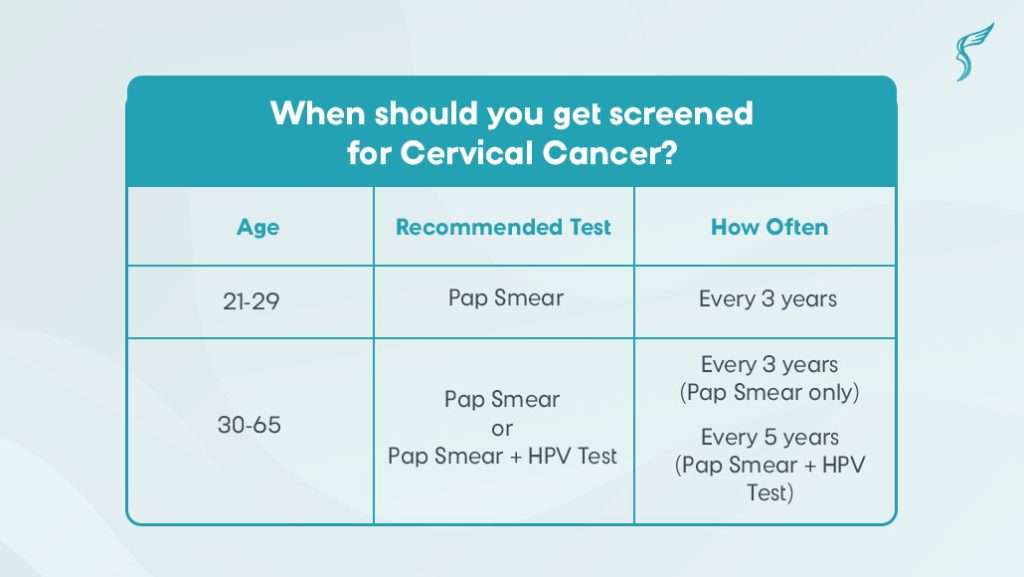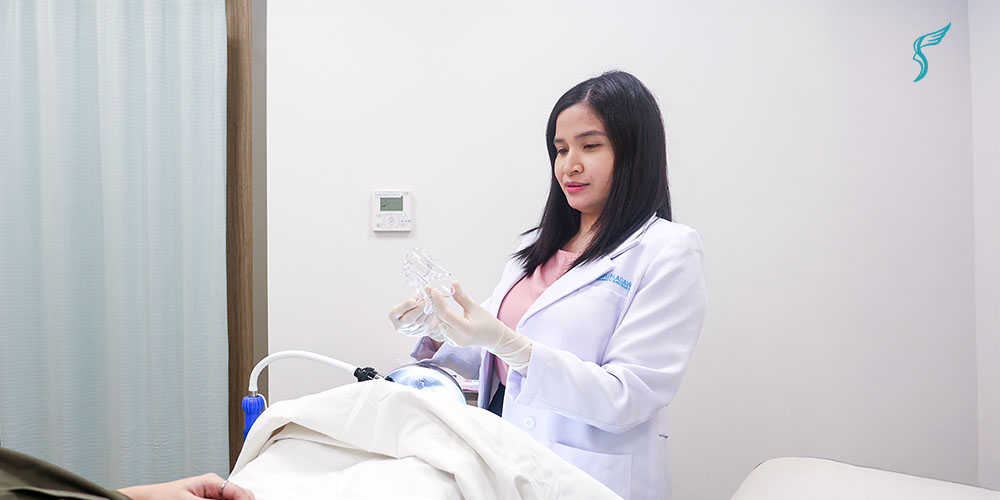When it comes to women’s health, a Pap smear is one of the most important screening tests available. It can detect abnormal cervical cells at an early stage, even before cancer has the chance to develop.
Sadly, many women hesitate to get a Pap smear, often fearing it’s painful—despite its proven, life-saving benefits.
These concerns are valid, but knowing what really happens during the procedure can ease worries and give you the confidence to take charge of your health.
What Is a Pap Smear?
A Pap smear, also known as a Pap test, is a procedure that collects cells from the cervix—the lower part of the uterus. These cells are examined under a microscope to detect abnormalities that may indicate precancerous changes or cervical cancer.
During the procedure, the doctor inserts a speculum into the vagina to gently open it. Using a small brush or spatula, cervical cells are then collected and sent to a laboratory for examination. A Pap smear usually takes less than five minutes to complete.

According to the American College of Obstetricians and Gynecologists (ACOG) and the Philippine Society for Cervical Pathology and Colposcopy (PSCPC), women should begin cervical cancer screening at age 21. For those between 21 and 29, a Pap smear is recommended every three years. From ages 30 to 65, it should be done every three years (Pap test alone) or every five years (when combined with an HPV test).
Does a Pap Smear Hurt?
Many women assume Pap smears are painful, often due to anxiety, uncertainty, or stories shared by others. The thought of a speculum can sound intimidating, yet most describe the test as brief and tolerable—often just pressure, a pinch, or mild cramps.
Any discomfort usually comes from the speculum’s stretching sensation or the quick cell collection, which may feel like a light scrape. While pain perception varies and some women with certain conditions may feel more discomfort, Pap smears are generally quick and cause only mild, momentary pressure.
Factors That Influence Pain or Discomfort During a Pap Smear:
1. Anatomical and Medical Conditions
- Vaginismus (involuntary tightening of vaginal muscles) or vulvodynia (chronic vulvar pain) may make the exam more painful.
- Cervical stenosis (narrowing of the cervical canal) can increase discomfort.
- Vaginal dryness—common after menopause—can make speculum insertion uncomfortable.
2. Psychological and Emotional Factors
- Anxiety, fear, and embarrassment can heighten pain perception.
- Women with a history of sexual trauma may find the experience more difficult.
3. Technique and Equipment
- The size of the speculum matters; a smaller size reduces discomfort.
- Warming the speculum before insertion can also help.
- Gentle technique by the healthcare provider significantly impacts the experience.
This means that improving the experience is not just about comfort—it directly impacts women’s health outcomes.
Practical Tips to Reduce Discomfort During a Pap Smear

Before the Appointment
- Schedule wisely: Avoid scheduling during menstruation unless necessary.
- Empty your bladder: A full bladder may increase pressure sensations.
- Ask for a smaller speculum: Especially if you’ve had painful exams before.
During the Procedure
- Relaxation techniques: Deep breathing and focusing on slow exhalation can help relax pelvic muscles.
- Communicate with your provider: Tell them if you feel pain, and don’t hesitate to request a pause.
- Distraction: Listening to music or focusing on a conversation can make the test feel shorter.
After the Procedure
- Mild cramping or spotting: This is normal and usually resolves within a day.
- If pain persists: Contact your healthcare provider to rule out infection or injury.
Alternatives for Women Who Struggle with Pap Smears
If Pap smears feel uncomfortable, the HPV test is a safe and accurate alternative. Using a similar sample, it checks for high-risk HPV strains that cause cervical cancer—quick, reliable, and often less intimidating.
Why Regular Screening Still Matters
Cervical cancer remains a serious public health concern in the Philippines. According to the World Health Organization (WHO), it is the second most common cancer among Filipino women, with thousands of new cases reported each year. Early detection through Pap smears and HPV testing has been proven to lower both incidence and mortality, yet many women still avoid screening out of fear of pain.
Experience Precision and Comfort at Shinagawa Diagnostic
At Shinagawa Diagnostic & Preventive Care, we guide women through preventive health with compassion and expertise. Our team conducts screenings like Pap smears with the highest care and comfort—combining Japanese precision with Filipino warmth to deliver accurate results and reassuring support for every woman’s well-being.
Book an appointment now

Inquire

Book


